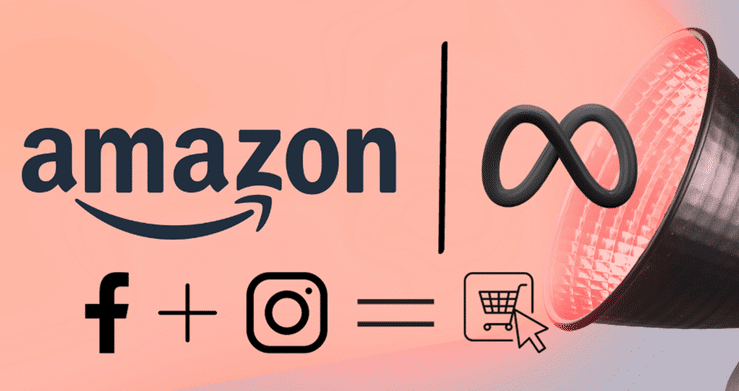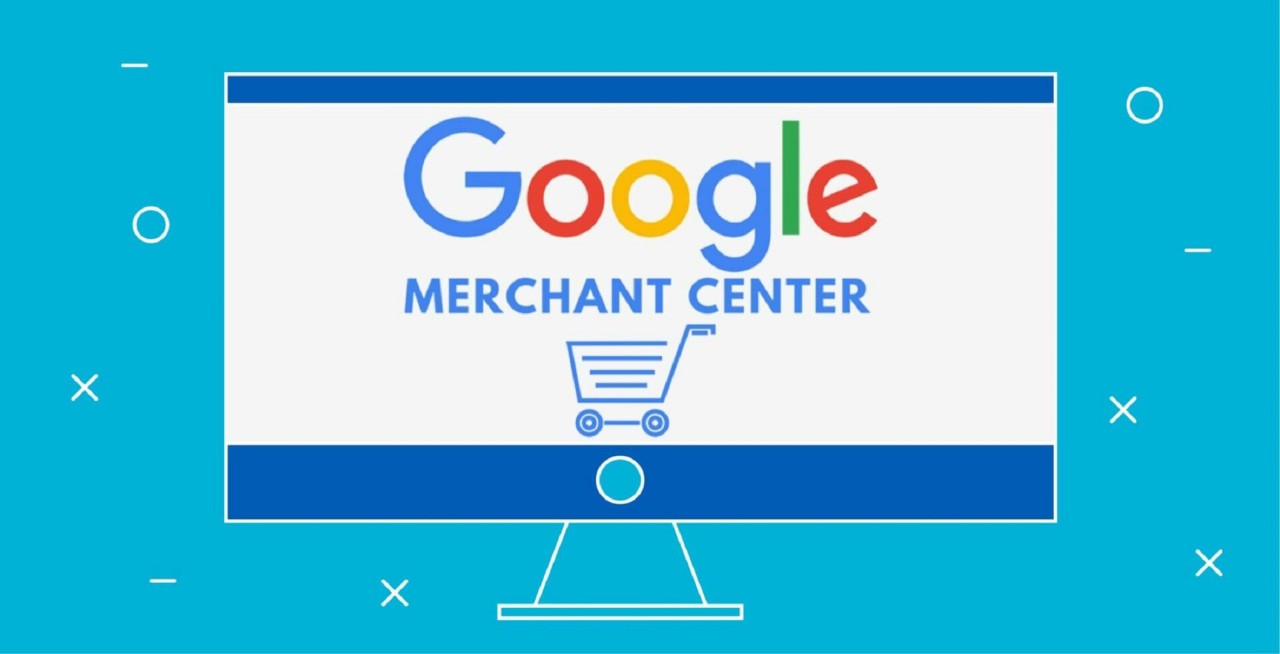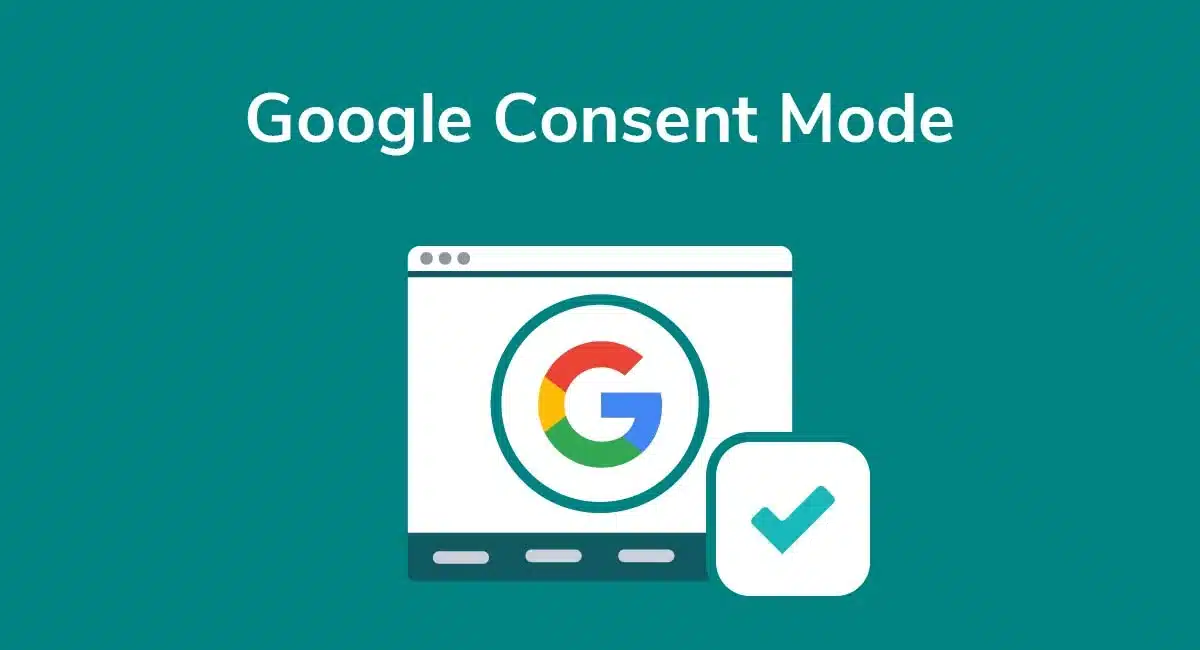
In a move poised to transform social media advertising, Meta has launched a new partnership with Amazon enabling frictionless in-app purchases. Users can now link their Facebook and Instagram accounts to buy products advertised in their feeds directly without leaving the apps.
This collaboration seamlessly bridges social media discovery and mobile shopping to create a social commerce flywheel. For digital marketers, it streamlines conversions while unlocking valuable data to optimise creative and targeting. As the lines between social platforms and ecommerce blur, the potential proves tremendous.
Introducing Social Commerce on Meta’s Platforms
Previously, clicking an alluring product ad on Facebook or Instagram would direct users to the advertiser’s external website. However, substantial drop-off occurred as shoppers navigated away from the apps.
Now through an embedded native experience, Meta users can not only view products but also checkout and purchase items effortlessly. This removes nearly all friction from trigger moments of discovery to sales conversion.
For initial implementation, the experience leverages Amazon’s enormous retail infrastructure. Shoppers can connect their Amazon Prime accounts and transact using the same login and payment information. Future plans involve expanding retail partner integrations beyond Amazon alone.
According to Meta, the new on-platform conversion flows boost purchase rates by an average of 25%. For online retailers competing fiercely for mobile attention-spans, reducing checkout friction at impulse moments creates tremendous value.
Why This Collaboration Matters
Industry analysts have described Meta and Amazon’s partnership as the most significant social media advertising milestone this past year. Here’s why it matters:
More Relevant Targeting and Creative Optimization
With conversion data flowing back into Meta’s ads engine, advertisers can better identify high-intent users through improved analytics. Meta gains purchase insights to refine targeting parameters for each campaign continuously.
Creative personalisation also improves leveraging real-time user data. For instance, different offers can be shown to Prime members vs non-members based on shipping eligibility. Visuals also dynamically update with accurate pricing, inventory and delivery estimates.
Higher Conversions and ROI
According to Meta’s internal experiments, the embedded shopping experience lifts conversion rates by over 20% compared to standard external landing pages. Simplifying checkout during moments of high intent translates to more transactions.
The native integration also makes returns and exchanges easier since purchase histories remain within Meta apps. By capturing motivated users when desire peaks, advertisers maximise the impact of their ad spend on each platform.
Valuable New Signals for Measurement
The collaboration provides Meta and its advertisers more robust ecommerce data. Before, tracking online conversions from social proved difficult with external sites. Now actual sales directly attributable to ads appear in analytic dashboards.
This full-funnel visibility, from discovery to consideration to checkout, helps optimise budgets across the customer journey. Both Meta and Amazon gain expanded insights on performance advertising and emerging social commerce behaviours through the partnership.
Advantages for Each Partner
For Meta, the integration bolsters ad products as platforms command higher premiums. Advertiser stickiness increases when conversions rise through business tools like embedded checkout. After Apple’s 2021 privacy changes hindered ad targeting, this development creates a new revenue stream around shoppable ads.
For Amazon, enhanced mobile discoverability directly influences product searches and transactions on its marketplace. As the channels synergise, Amazon gains transaction fees and deeper insights on driving high-converting traffic.
Meanwhile, advertisers access a frictionless new channel to reach Prime subscribers through personalised offers. With multi-platform visibility into sales funnels, optimising spend and creative grows easier.
Overcoming Post-IOS 14 Headwinds
Meta’s partnership with Amazon comes at an opportune time as the company recovers from the external shock of Apple’s iOS 14 privacy updates.
When users could opt out of cross-app tracking, Meta’s micro-targeted ads suffered from far less available user data. Paired with the broader economic slowdown weighing on digital advertising in 2022, Meta’s stock plunged over 60% as growth stalled.
But this innovation reignites revenue momentum. CEO Mark Zuckerberg confirmed this dynamic, stating Meta is now “leading the industry in the shift to AI discovery and performance ads…As people interact directly with ads, it unlocks more performance and delivery optimisation.” Collaboration with Amazon accelerates this machine learning-powered transition.
Strong early results affirm the strategy as ad revenue jumped back 4% year-over-year in Q4 2022. The company is now exploring ways to expand integrations and shoppable ad formats across its family of apps. The priority remains tapping social commerce and conversions to continue rebounding in 2023.
Looking Ahead with Social Commerce
With this initial integration, Meta and Amazon have built the infrastructure for embedded social commerce across marketing channels.
Soon brands will be able to sync their product catalogues and loyalty programs for turnkey targeting and sales tracking. Support for direct checkout and payments across TikTok, Pinterest, Snap and other platforms can’t be far behind either.
As the platforms converge, advertising and conversion happen in a seamless motion where inspiration leads instantly to transaction. For performance marketers, this closed-loop environment provides the holy grail – clear attribution tracking consumption from awareness to purchase condensed into integrated mobile moments.
In conclusion, Meta’s rollout of shoppable Instagram and Facebook ads via Amazon Prime streamlines the path to conversion for advertisers while unlocking mutual benefits. Seamless mobile integration removes friction, boosts sales and improves analytics for ad buyers when impulse aligns with opportunity.
This development highlights the steady momentum of social commerce converging with performance marketing. As platforms continue collaborating, advertisers gain omni-channel visibility into how personalised creative and intelligent automation optimise ROI across the digital customer journey. With machines mining real-time signals, the future looks targeted.
By Manesh Ram, Digital Marketing Specialist. Please follow @maneshram & Meta






